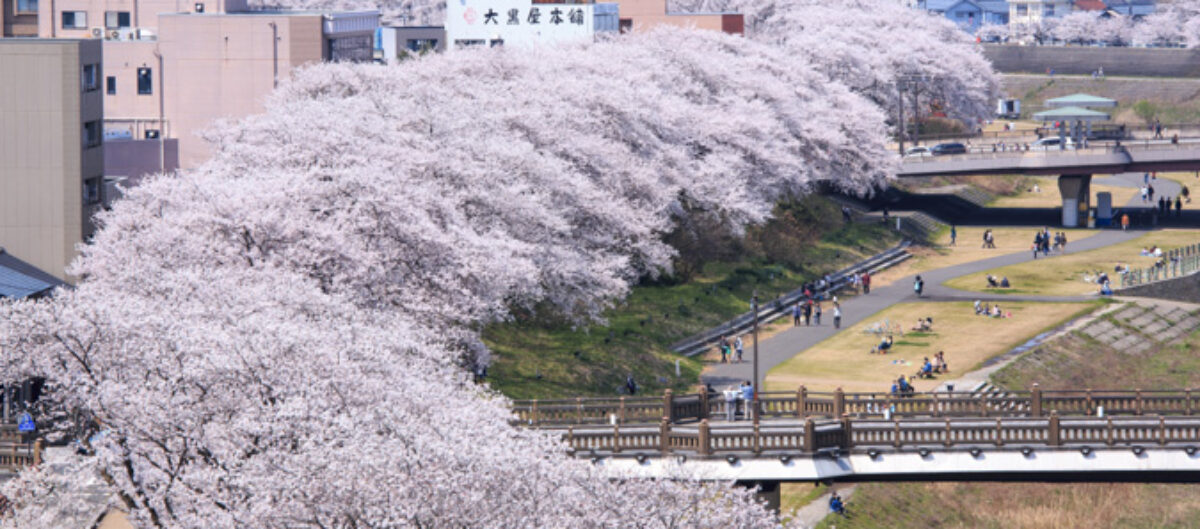

December/14/2019
Have you seen the Rosetta Stone, the Nazca Lines or the cave paintings in the Lascaux Caves?
Since ancient times the human species has been both writing and drawing or painting pictures, and it’s always had a strong desire to preserve these works.
Ancient human beings wrote, drew, and painted on a lot of things, such as stones, clay tablets, bamboo, parchment, and animal bones. Because they were able to preserve words and pictures in these ways, knowledge accumulated and civilization developed. The development of civilization accelerated when paper was developed. Paper is easy to write on and preserve, so people started using it all around the world.
It’s said that paper was invented in China in the second century B.C. The paper manufacturing method reached Japan in the seventh century, Egypt in the 10th century, England in the 15th century, and America in the 17th century.
Paper is indispensable for human life, and I can’t imagine life without it.
Washi is Japanese paper. Its use spread through Japan along with Buddhism.
Echizen Washi is a kind of Japanese paper. If you first know about washi in general you’re better able to gain a deep understanding of Echizen Washi, so I’d like to write about washi first.
The characteristics of washi are the following:
- It lasts for 1,000 years.
- It’s used in various ways.
- It has light-transmission properties.
- Each handmade sheet is individual and unique.
- It creates a warm atmosphere.
Washi is made from kozo, ganpi, and mitsumata, which are deciduous shrubs. It’s similar to the ordinary kinds of paper that people use every day in that both are made from trees.
The oldest existing sheet of washi was made in 702. It’s lasted for about 1,300 years!
You might be surprised to learn this, but washi is used for lots of purposes other than writing. It’s used as wrapping paper and drawing paper, and it’s also used to paper sliding doors and to make umbrellas, lamp shades, post cards, envelopes, folding fans, interior decorations, and origami. Washi is an important element of daily Japanese life.
Some kinds of washi are made by machine and some by hand. It takes a lot of time and effort to make it by hand. One person can make only 200 sheets a day.
Washi creates a warm atmosphere and warms the heart when it’s handled. If you ever receive a letter written on washi, you’ll notice this.





Echizen Washi is made in the city of Echizen in Fukui Prefecture. Its characteristics are the following:
- It has a 1,500-year history.
- It’s the basis of Japanese paper currency (Japanese banknotes).
- It’s high in quality.
There’s a legend about the origin of Echizen Washi: It’s said that 1,500 years ago the god of paper came to Echizen and taught people there how to make paper. Don’t you think that’s interesting? That legend gives makers of Echizen Washi a strong sense of identity and pride.

Japan’s first paper currency (issued by Fukui Domain) was made with Echizen Washi, and so was the first national paper currency. The techniques used in making modern Japanese paper currency are based on those of Echizen Washi.



Echizen Washi has a high reputation both in Japan and overseas. The famous Japanese painters Tsuguharu Fujita, Taikan Yokoyama, and Ikuo Hirayama all used it. In 1873 at the Vienna International Exhibition and in 1878 at the Paris International Exhibition, products made with Echizen Washi won prizes. More recently the world-renowned artist Theo Jansen used it in some of his artworks.
It’s said that this is the era of quality as opposed to quantity. A lot of people want to use high-quality products, and I think that more and more people will use Echizen Washi in the future.
If you want to know more about Echizen Washi, please visit the official website of Echizen Washi.
Okamoto Shrine (where the god of paper is enshrined) is in the city of Echizen. Next time I’m going to write about the shrine. (Okamoto Shrine, where the god of paper is enshrined and which has the most complex roof of all Japanese shrines.)
(If you want to know more about Echizen Washi, please visit the official website of Echizen Washi Village.)
(References)
「紙の文化誌」(小宮英俊)(丸善)
「紙の歴史」(著:Pierre-Marc de Biasi、監修:丸尾敏雄、訳:山田美明)(創元社)
「和紙の里 探訪記」(菊池正浩)(草思社)
「和紙」(大滝ひろし)(文芸社)
「紙の大研究①、②」(監修:丸尾敏雄、構成・文:樋口清美)(岩崎書店)
「世界遺産になった和紙①、②、③」(監修:紙の博物館)(新日本出版社)
「和紙の手帖」(発行:全国手すき和紙連合会)
「和紙と暮らす」(監修:増田勝彦)(平凡社)
「図説 神と紙の里の未来学」(編著:杉村和彦、山崎茂雄、増田頼保)(晃洋書房)
